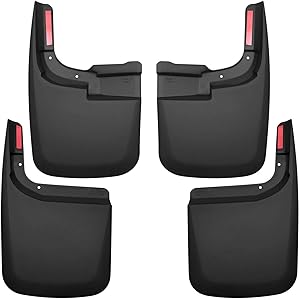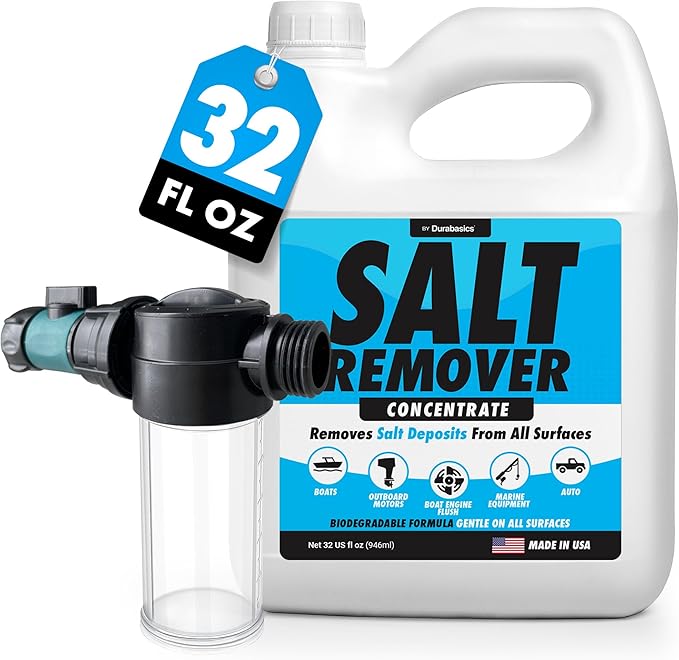Winter brings with it natural beauty but also introduces harsh conditions for vehicles, particularly with the use of road salt. The effects of winter can be so pronounced that many people choose to buy cars from southern or western states to be completely sure to avoid any potential rust problems.
Icy and snow roads are dangerous, so many local governments use snowplows to disburse salt brine mixtures on roads to melt ice and snow, preventing dangerous icy conditions, but it can be quite detrimental to your car if not managed properly. Here’s an in-depth look at how to protect your vehicle from the corrosive effects of salted roads.
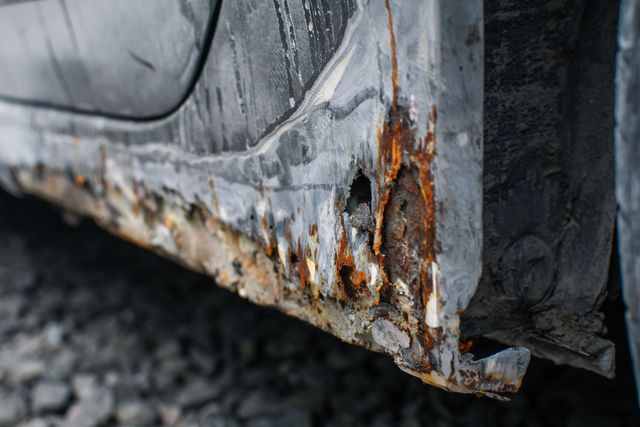
Caption: Advanced salt damage
Why do local governments use salt to melt ice and not something more environmentally friendly like sand or other mixtures?
Despite road salt “making North Marica’s freshwater lakes saltier”, and other reasons, nearly every municipality that treats it’s icy roads does so with salt. Why?
The short answer: Because it’s cheap, easy, does the job, readily available and doesn’t totally destroy the environment. It just works the best. Hit the car wash once and week and your car won’t rust.
Understanding the Impact of Road Salt
Road salt, typically sodium chloride, works by lowering the freezing point of water, which helps in melting ice at lower temperatures. However, this comes at a cost to your vehicle:
- Corrosion: Salt accelerates rust formation, particularly on the undercarriage where it’s hard to notice until significant damage has been done.
- Paint Damage: Salt can also damage the paint if not washed off regularly, leading to oxidation and dulling of the car’s finish.
- Brake and Wheel Issues: Salt can affect brake pads and rotors, and it can cause premature wear on tires and rims.
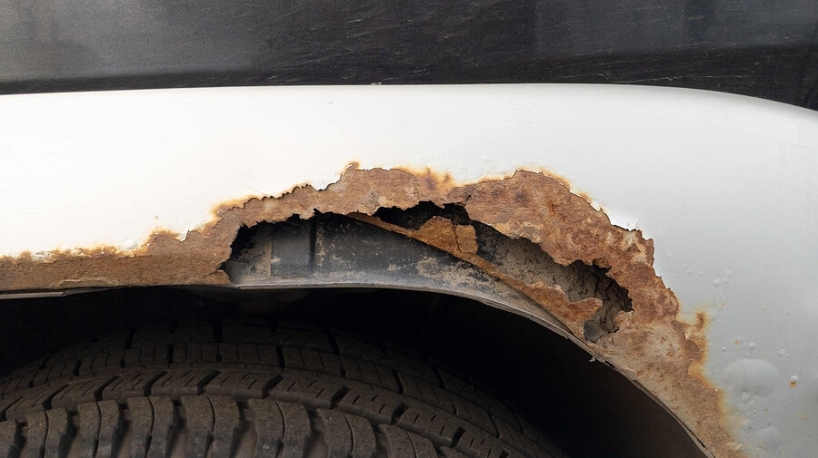
Caption: A rusted car fender
Preparation Before the Winter Season
1. Inspect Your Vehicle:
- Check the undercarriage for existing rust or damage. Addressing small issues now can prevent larger problems later.
- Inspect and ensure all body panels are secure, as gaps can collect salt and moisture.
2. Wax Your Car:
- A fresh coat of wax acts as a barrier against salt and moisture. Apply wax to all painted surfaces for the best protection.
3. Seal Sensitive Areas:
- Use rubberized undercoating or rustproofing sprays on the undercarriage. These products can help shield against salt.
4. Check and Replace Worn Parts:
- Examine tires for tread wear (remember, winter tires can offer better grip), check brakes, and look at the suspension system.
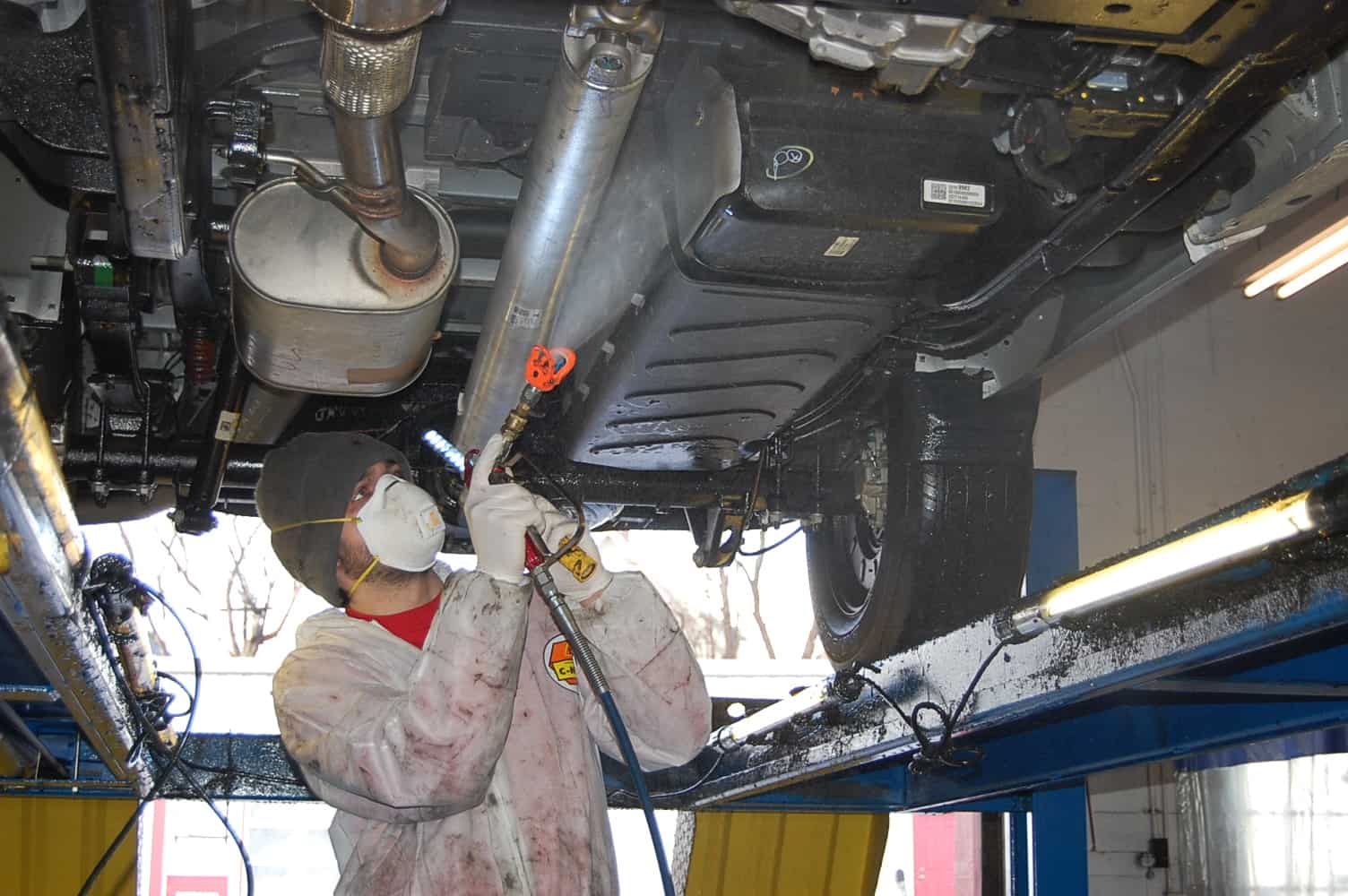
Caption: A mechanic applies a spray on undercarriage solution
During the Winter Season
1. Regular Cleaning:
- Wash your car frequently, ideally weekly. Pay special attention to the undercarriage, wheel wells, and door sills where salt tends to accumulate.
- Use a pressure washer if available to remove salt from crevices.
2. Gentle Washing Techniques:
- Use car wash soap designed for removing salt and not just dish soap, which can strip wax. Avoid high-pressure washes close to the vehicle’s surface to prevent chipping paint.
3. Dry Your Car:
- After washing, dry your car thoroughly, especially under the doors and in the wheel wells, to prevent water spots and further rust.
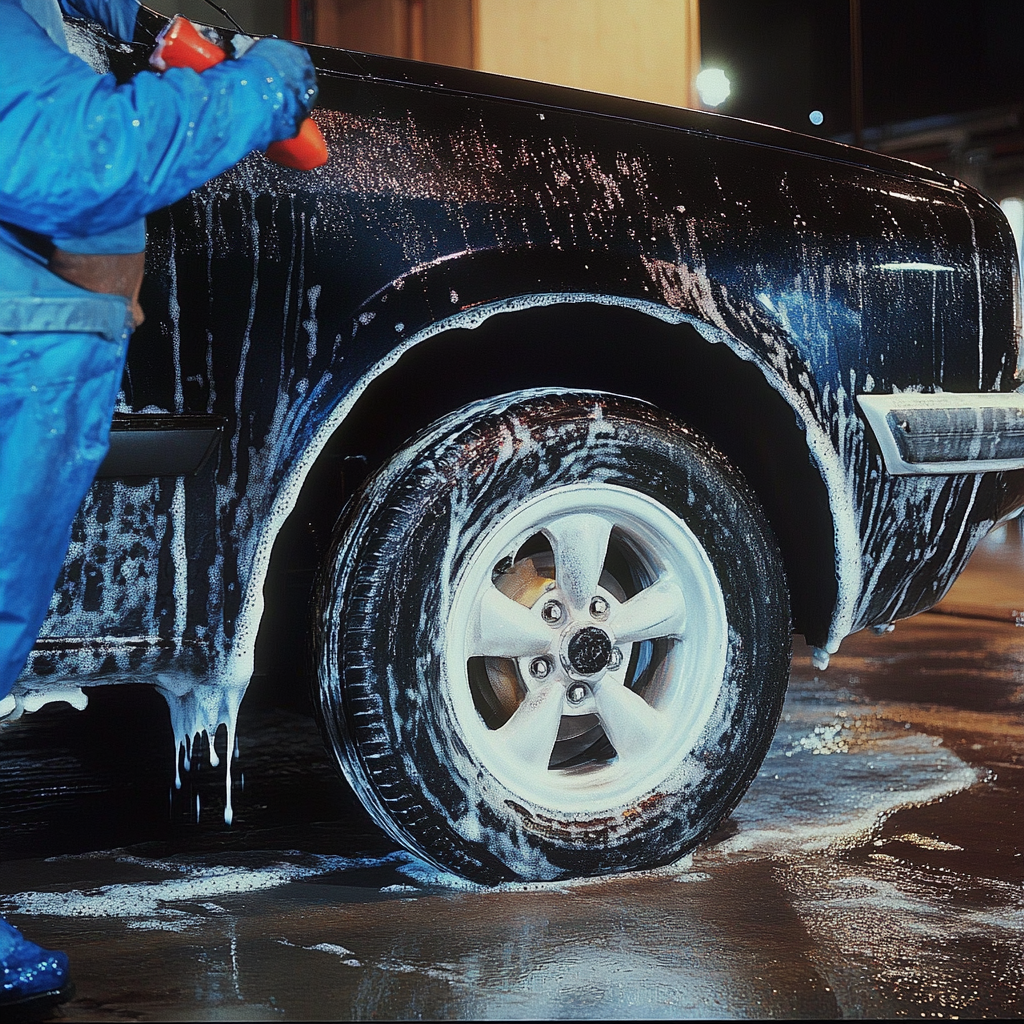
Post-Winter Care
1. Comprehensive Inspection:
- Once winter is over, inspect your car for signs of corrosion. This might include looking at areas not visible during the season like inside doors or under the hood.
2. Detailed Cleaning:
- A deep clean post-winter can remove salt residues that might have been missed. Consider professional detailing for a thorough job. Professionals will have a car lift and be able to easily detail the underside.
3. Rust Repair and Prevention:
- Address any rust spots immediately. This might involve sanding, priming, and repainting affected areas. For larger damage, professional body work might be necessary.
Long-Term Strategies for Salt Damage Prevention
- Invest in Quality: Consider buying or upgrading to vehicles with higher corrosion resistance ratings or those pre-treated for rust prevention.
- Use Protective Gear: Installing mud flaps or splash guards can reduce the amount of salt and slush that gets thrown onto the car’s body.
- Regular Maintenance: Keep up with all scheduled maintenance, as a well-maintained car is less susceptible to salt damage.
- Consider Electronic Rust Inhibitors: These devices work by sending an electrical charge through the car’s frame, which can help prevent rust from forming.
Conclusion
Protecting your car from the harsh realities of winter salted roads involves proactive preparation, regular maintenance during the season, and thoughtful care post-winter. By understanding the science behind salt corrosion and implementing these strategies, you can extend the life and appearance of your vehicle. Remember, while salt keeps the roads safe for travel, it’s your responsibility to keep your car safe from the salt.
By following these guidelines, you’ll ensure your vehicle not only survives but thrives through the winter months, ready for many more adventures when spring arrives.
![Calcium-Chloride_2_480x480[1]](https://hiride.com/wp-content/uploads/2025/02/Calcium-Chloride_2_480x4801.jpg)
